The weather is warm, vacation has started, you’re 50 miles from your destination—and chances are you’re not thinking about what could go wrong on the road ahead.
“While no one can plan for car trouble, in emergency situations it is helpful to have some preparations in place,” says Mindy West, GEICO director of Centralized Services. So stock your car with these basics and don’t forget to replace water and batteries as needed.
1. First-aid Kit & Accessories
Add a flashlight and whistle to your basic first-aid kit. Set a calendar reminder to change the flashlight batteries every few months.
2. Basic Tools
Always be sure to have at least three tools on hand: a screwdriver (to tighten up something that’s been loosened by vibration or age), a torque wrench (to correctly set nuts) and a utility knife (in case you ever need to cut yourself out of your seatbelt after an accident).
3. Gloves
Protecting your hands is a must, no matter what the temperature. Opt for sturdy mechanic gloves made of leather or a rubber and synthetic combination.
4. Tow Rope & Bungee Cords
These can be invaluable to help get you out of a jam. To use the tow rope, you’ll need to find another car that’s able to yank yours to safety. Bungees help you safely secure an item to your car’s roof.
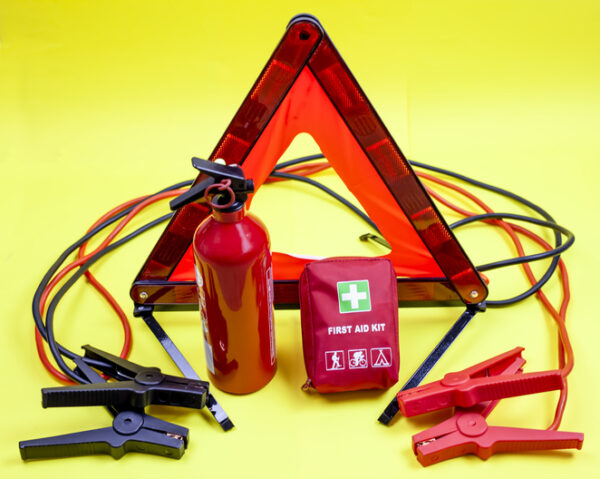 5. Warning Triangles & Light Sticks
5. Warning Triangles & Light Sticks
Make certain other motorists can see you, day or night. Bonus: Since they don’t need batteries, you don’t have to worry about upkeep.
6. Tire Pressure Gauge
Tire pressure—which ensures maximum handling, traction and durability—fluctuates with the temperature, so it’s important to keep a gauge handy. Tires may become over-inflated when the outside temperature is hot and under-inflated when it’s cold.
7. Phone Charger
As important as your phone itself. Add an adapter for the cigarette lighter if your car doesn’t have a USB port.
8. Jumper Cables
In case your car battery goes dead. And of course, you should know how to use them. (Psst… here’s how to jump-start your car.)
9. Water & Snacks
In case of an emergency, they’ll provide sustenance until help arrives.
10. Extra Clothes
For unexpected outdoor adventures, pack a rain jacket and at least one layer of clothing to keep you warm.
11. Kitty Litter
Stuck in the mud or snow? With a small bag in the trunk, you’ll be able to sprinkle some around your tires for traction.
With assistance from GEICO Emergency Roadside Service (ERS) available on your GEICO Mobile app, you’ll be back on the road in no time with a spare tire or a jump. Add ERS to your policy, starting at just $14 per year, per car.
By Lucy Maher

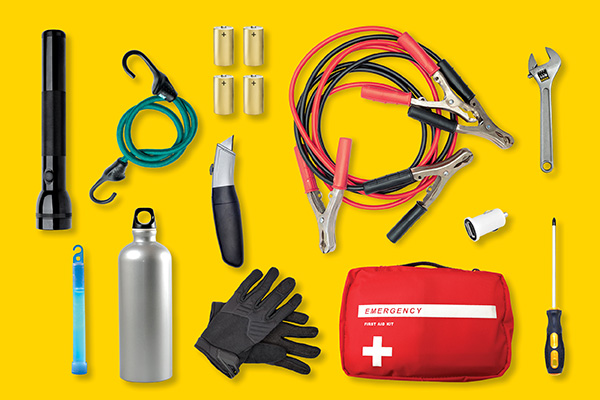


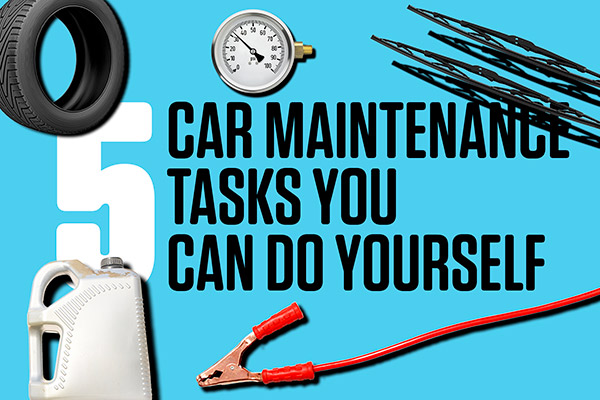
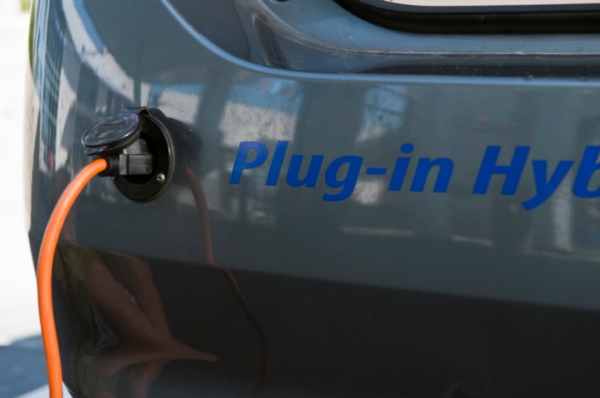


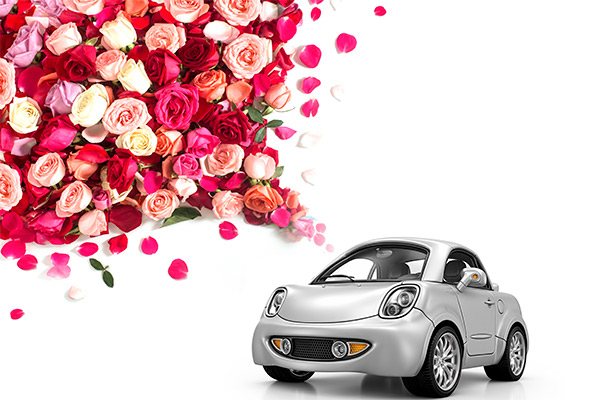
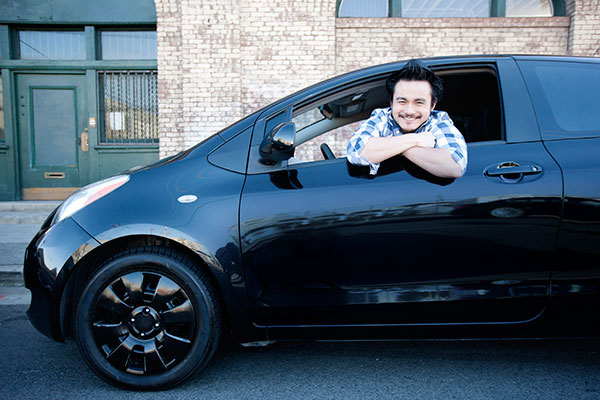
Robert DREILINGER says,
OTHER ESSENTIASS, BATTERY POWERED IMPACT LUG NUT,DRIVER AND DEEP SOCKET,SIZED FOR YOUR CAR. ROB I BATTERY POWERED OR CAR BATTERY TIRE INFLATOR. CREE HIGH OUTPUT LED FLASHLIGHT (PULSES) , MANUAL TIRE PLUGGINGKIT. THEY NOW MAKE BATTERY DRIVEN CAR JACKS, 2 WHEEL CHOCKS, OIL, WATER, BRAKE AND TRANS FLUID, SOLAR POWERED CELL PHONE CHARGER OR FULLY CHARGED EXTRA BATTERY. FIRST AID KIT, QUICK DISSOLVE ASPIRIN 325MG
Diane M Bonderenko says,
Great info for those of us who either don’t know, those of us who forgot.
Thanks
Robert says,
I carry a high visible safety vest in case of a flat tire or emergency break down. Gloves are a good idea as well.
Bobb says,
String/wire, electrical tape and a pocket knife are good to have along also.
Carl J Bozung Jr says,
A small inexpensive ($15-$20) 12-volt air compressor is also a good idea to have in the trunk. If you have TPMS (Tire Pressure Monitoring System) like most recent cars it may come in handy when the system warns of low tire pressure and your a distance from a filling station or other facility that has an air pump.
Hakunamatata says,
Your zombie apocalypse bug out bag!.
Paul McNaughton. says,
A flashlght and spare batteries, as well as some Roadside flares are a good addition to your emergency kit, especially if you live in a rural area that had minimal Street lighting at night
Jonathan Holland says,
I also suggest at least a small bottle (1 quart) of the correct grade of motor oil for your car’s engine, if not a 5 – gallon one, as well as a bottle of antifreeze / coolant (we had trouble with radiator leakage for a while).
Craft says,
Thanks.
Mr. Gregg says,
How about adding or substituting the with a flashlight with and extra set of batteries.Also, add a blanket in case you become stranded or are in a car that has gone dead.
Pat says,
You didn’t list an extra pair of shoes in case the ones you have on hurt, get wet or you step in doggie do (when a bag comes in handy so the car doesn’t get smelly).
Phoebe Ergul says,
Very informative. You really don’t,t think about things that could happen during your trip all one thinks about the fun you will have. I will be more prepared the next time I will go out even in town.
Stuart Basem says,
Living in Bronx of NYC and now retired- I just use my car mainly for short trips and again mainly just nicer days. But even when I worked living in NYC I’d usually use mass transit bad weather days. But I always have in my car a flashlight, fire extinguisher, first aid items, spare tire & jack, inexpensive wraparound sunglasses that fit over my regular eyeglasses, cell phone charger and bottled water. But whenever have had problems car stalling or flat – have always called for service & let experts handle. As for jumper cables – am weary others being uncooperative to help out, or else use as opportunity for thievery or worse car jacking.
Carl J Bozung Jr says,
Move to a safer area if your afraid to ask for help where you live, like Colorado!!
Inga Ojala says,
I have found keeping a tool if needed to break glass, flash light, extra batteries, hand cleaner, also, I have a battery operated hand-held CB in my car comes in handy.
Rae says,
In the event of an accident, you should write a contact person’s information on a note card and put it in your glove compartment. It saves time when important information is needed
Carl J Bozung Jr says,
Don’t have anything in the glove box that includes your address. Someone could break in, learn your address, take your garage door opener & empty your house while you are away. We know of people who had it happen to them. If you have an insurance card or registration card in the glove box, take a black marker and black out any address, or ask your insurance company or local registrar to not include your address on the document.